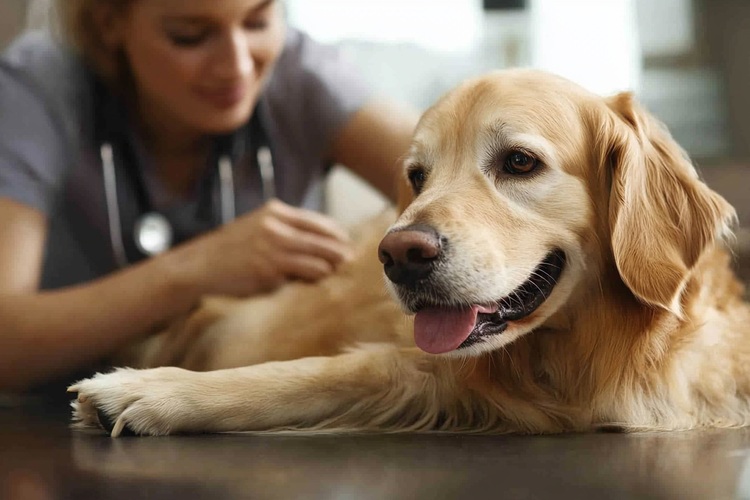Routine Grooming Practices for Healthy Coats and Skin
Regular grooming supports a pet's comfort and overall condition. This article outlines practical grooming routines, from brushing and bathing to monitoring skin and coat health, with attention to nutrition, behavior during sessions, and considerations for senior and shelter animals.

Routine grooming is an essential part of responsible care for companion animals. Beyond aesthetics, regular brushing, bathing as needed, nail care, and ear checks help prevent matting, irritation, and secondary infections. Consistent grooming also creates opportunities to observe changes in fur, skin, weight and behavior that can signal health concerns. Applying gentle, species-appropriate techniques supports cooperation and minimizes stress for both canine and feline companions while reinforcing training and safety habits.
This article is for informational purposes only and should not be considered medical advice. Please consult a qualified healthcare professional for personalized guidance and treatment.
How does nutrition affect coat and skin?
A balanced diet rich in essential fatty acids, adequate protein, vitamins and minerals supports hair growth and skin integrity. In both dogs and cats, deficiencies or imbalanced diets can lead to dull coats, excessive shedding, scaliness, or increased susceptibility to allergens. Discussing diet with a veterinary professional helps match nutrition to life stage, activity level, and any medical needs such as allergies or kidney disease. Supplements like omega-3s can help in certain cases, but should only be used based on veterinary recommendation.
What are grooming basics for canine and feline companions?
Daily or frequent brushing removes loose hair, distributes natural oils, and reduces shedding around the home. Use a slicker brush or comb suitable for your pet’s coat type; long-haired breeds need more frequent detangling while short-haired pets often benefit from a rubber curry or bristle brush. Bathing frequency depends on activity, coat type, and skin condition—generally every few weeks to months rather than daily. Routine checks should include ears, teeth, paw pads, and nails to maintain overall comfort and hygiene.
Which behavior and training tips ease grooming?
Introducing grooming early and pairing it with positive reinforcement builds calm associations. Short, regular sessions are more effective than occasional long ones; offer treats or gentle praise to reinforce good behavior. For anxious or senior pets, gradual desensitization to tools and touch is valuable. If resistance persists, consult a trainer or behaviorist familiar with pet-friendly grooming techniques. Training during grooming also supports veterinary visits and other handling situations by reducing fear-based responses.
When should a veterinary check be scheduled?
Persistent itching, hair loss, red or scaly patches, lumps under the skin, foul odor, or changes in coat texture warrant veterinary evaluation. Underlying causes can include parasites, hormonal imbalances, allergic dermatitis, or systemic disease. Seniorcare needs may change grooming frequency and the approach to fragile skin; veterinarians can advise on special shampoos, medicated baths, or topical treatments. Early identification of issues allows for more effective, less invasive interventions.
What safety and travel considerations matter for grooming?
Use grooming tools designed for pets and in good condition to avoid accidental cuts. Keep nail trims conservative to prevent bleeding; if unsure, ask a groomer or veterinarian to demonstrate proper technique. During travel, maintain routine brushing and check-ups to reduce stress-related shedding or skin issues. Secure carriers and calming routines help pets remain comfortable en route to veterinary or grooming appointments. For pets with mobility limits, adjust positioning and support to avoid pressure sores and strain.
How do shelter, adoption, enrichment, and sustainability relate?
Grooming programs in shelters improve adoptability, comfort, and health screening. New adopters should continue or adapt routines to maintain established benefits. Enrichment through gentle grooming sessions provides tactile stimulation and bonding opportunities. Consider sustainability by choosing biodegradable wipes, low-impact shampoos, and durable tools to reduce waste. Community programs that teach grooming basics to new pet guardians can support long-term welfare and reduce returns to shelters.
Grooming routines work best when integrated with nutrition, training and regular veterinary oversight. Observing your pet during grooming helps detect early problems and supports wellbeing across life stages. Tailor frequency and techniques to species, coat type, age, and medical needs to keep coats healthy and skin intact while fostering positive behavior and comfort.





